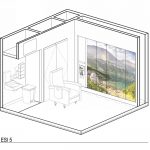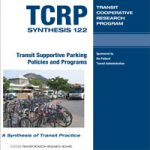
Material health is important for every designer, no matter if we specify construction and building materials, finishes for interiors, or ancillary items like furniture and equipment. Information about products and various types of material properties, including their impacts on health, is becoming more prominent. However, lack of guidelines and potential tools that could help us access this... Read more »










